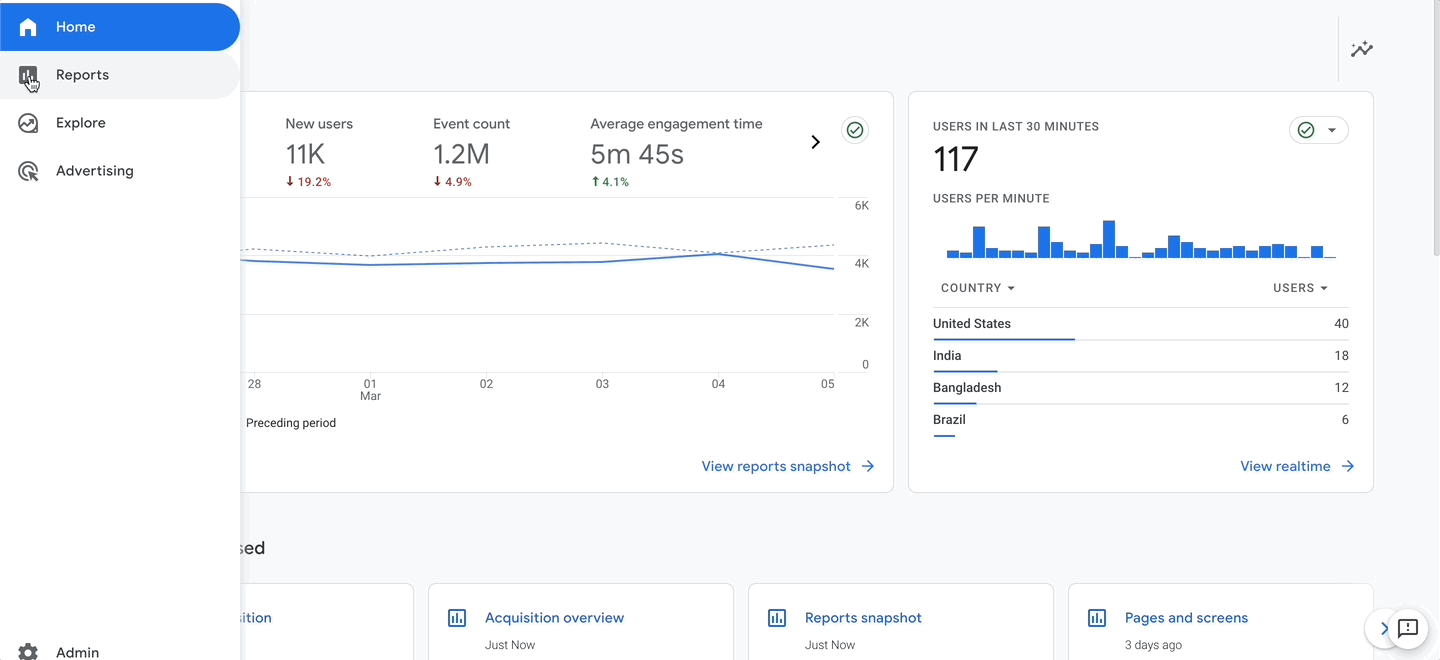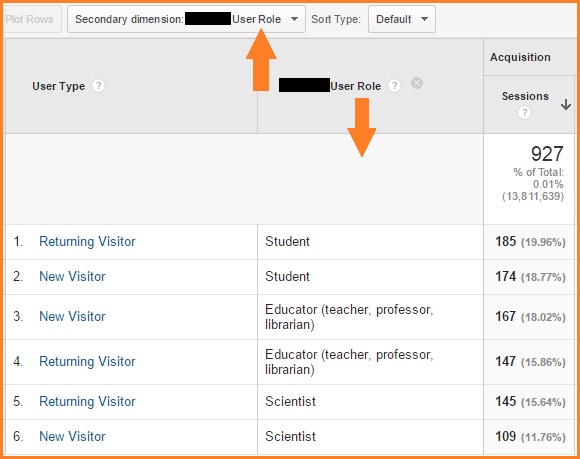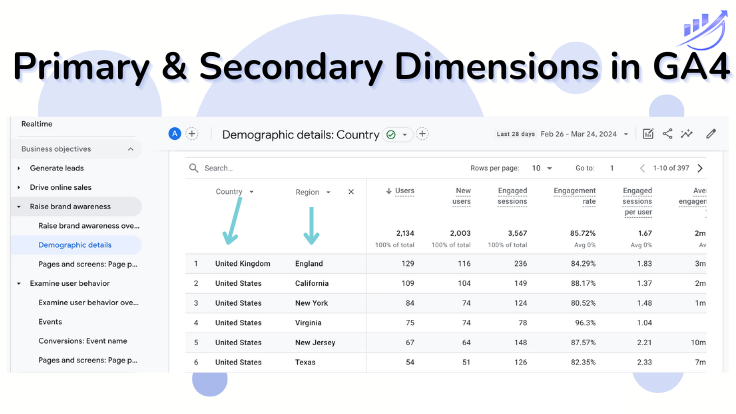Browsing the Midst of Secondary Dimension in Google Analytics: A Detailed Exploration on Its Functionality
Secondary measurements, though seemingly simple at initial glimpse, nurture a riches of untapped prospective waiting to be utilized. As we embark on this journey to check out the nuanced performance of secondary dimensions, we will discover exactly how this attribute can light up patterns, unveil relationships, and ultimately lead the method for informed decision-making in the digital landscape (what is a “secondary dimension” in google analytics?).
Comprehending Additional Dimensions in Google Analytics

Comprehending just how second measurements job is crucial for leveraging the complete power of Google Analytics. These dimensions assist you answer more complicated concerns about individual actions and the effectiveness of your internet site material and advertising efforts. As an example, you can make use of additional measurements to evaluate which web browsers or tools are most commonly made use of by visitors that buy, or to compare the bounce prices of various website traffic resources. By incorporating main metrics with secondary dimensions, you can get important insights that drive notified decision-making and optimization approaches - what is a “secondary dimension” in google analytics?.
Leveraging Second Measurements for Data Evaluation
Building upon the fundamental understanding of exactly how secondary measurements enhance information evaluation in Google Analytics, the application of these additional layers of info ends up being extremely important in drawing out valuable insights for educated decision-making and optimization techniques. By leveraging secondary dimensions, experts can dive deeper into the efficiency metrics by including more context to the key measurements, thus revealing concealed patterns and relationships that could not be noticeable in the beginning look. This much deeper level of analysis allows companies to much better comprehend user behavior, recognize fads, and pinpoint locations for improvement.
Additionally, secondary dimensions offer an even more thorough view of the information, permitting segmentation based on various parameters such as demographics, devices, traffic resources, and a lot more. This segmentation facilitates an extra granular analysis, making it possible for businesses to customize their projects and methods to particular audience sections for improved targeting and customization. Essentially, the strategic use second measurements empowers organizations to make data-driven decisions that drive development and success in the electronic landscape.
Advanced Techniques for Additional Dimension Execution
Checking out complex techniques to harness the full possibility of additional dimensions in Google Analytics boosts the depth and elegance of information analysis for critical decision-making. One advanced strategy for implementing secondary dimensions is the use of personalized measurements. Furthermore, integrating second measurements with innovative segments can give even extra granular insights by using several layers of division to the data.
Interpreting Insights With Secondary Measurements

When analyzing insights through secondary measurements, it is important to take into consideration the context of the information and how different measurements communicate with each various other. Understanding which certain web traffic sources lead to greater conversion rates or identifying which devices individuals choose for making purchases can offer actionable insights for optimizing advertising projects and improving total internet site efficiency. By thoroughly taking a look at the information with secondary dimensions in mind, businesses can make enlightened decisions that drive meaningful outcomes and enhance their digital visibility.
Optimizing Performance With Additional Measurements

One essential way to maximize performance with secondary dimensions is by segmenting information more granularly. This enables you to separate find here particular factors that may be affecting your metrics and get a much better understanding of what drives success or failure in your electronic campaigns. For instance, by combining second measurements such as 'tool classification' and 'landing web page,' you can identify which gadget kinds are most reliable for specific touchdown web pages, enabling you to customize your strategies appropriately.
In addition, utilizing additional measurements can help you recognize trends, patterns, and correlations that might not appear when evaluating data with key dimensions alone. This much deeper level of analysis can cause more educated decision-making and inevitably boost the general efficiency of your internet site or electronic marketing campaigns.
Final Thought
To conclude, second dimensions in Google Analytics play a vital duty in boosting information analysis and supplying much deeper insights into web site performance. By making use of innovative techniques and translating the data successfully, organizations can optimize their strategies and improve general performance. Recognizing the performance of secondary measurements is crucial for making informed choices and driving success in the digital landscape.
By leveraging additional measurements, experts can dig deeper into the efficiency metrics by adding more context to the primary dimensions, thus revealing concealed patterns and correlations that could not be noticeable at initial glimpse. One sophisticated strategy for executing second measurements is the usage of customized measurements.Having actually grasped see innovative methods like customized dimensions and regex for second dimension implementation in Google Analytics, the next essential action is translating the useful insights derived with these innovative data segmentation approaches. Interpreting understandings through secondary measurements includes analyzing the relationships in between the key and additional measurements picked, discovering patterns, trends, and relationships that may not be promptly obvious when looking at the data in its entirety.When translating insights through secondary measurements, it is vital to consider the context of the data and just how different dimensions connect with each other.